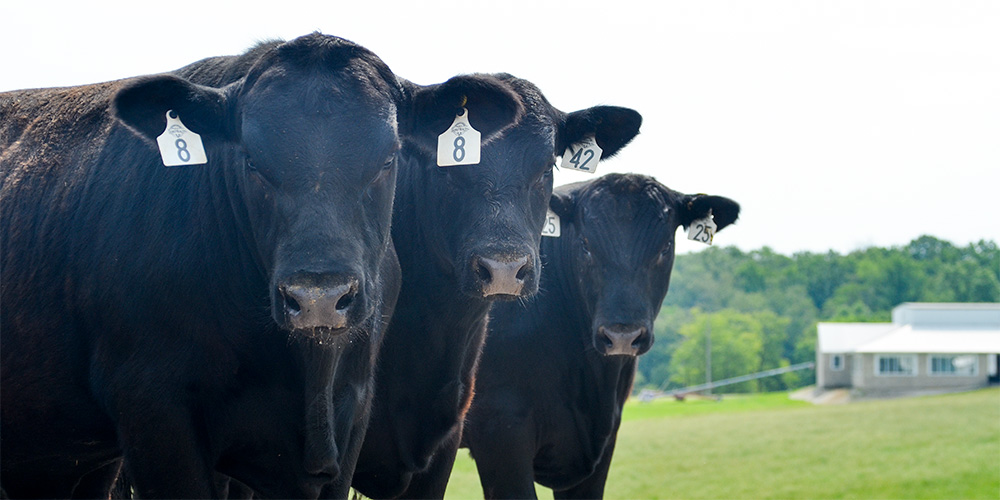Selecting Heifer Bulls
Calving ease EPDs consider multiple factors.
It is important to select specific bulls when breeding heifers so the heifer’s first calf can be born easily. While using the birth weight (BW) expected progeny difference (EPD) for selection is popular, the calving ease EPD is more important, says Travis Olson at Ole Farms Athabasca, Alta., Canada. This is more important than trying to assess a bull visually, judging him on how big his head is, or how thick his neck and shoulders are, he adds. There’s much more to it than that.
























